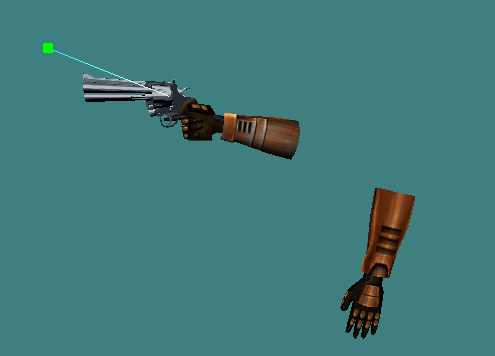

Werner Stoll-the son of Arthur Stoll, president of pharmaceutical company Sandoz, where LSD was first synthesized by Hofmann-became the first to research acid in a psychiatric environment, and reported that low doses of LSD could surface a patient’s repressed memories and produce a “model psychosis,”or a temporary display of symptoms similar to those experienced by a person diagnosed with schizophrenia (which was later said to be untrue, Nichols says). He then described seeing “an uninterrupted stream of fantastic pictures, extraordinary shapes with intense, kaleidoscopic play of colors.”ĭr. As he tells it, pharmacology would be a lot different if LSD hadn’t been discovered by Swiss scientist Albert Hofmann in 1943, when the famed researcher accidentally absorbed one of his earlier-discovered lysergic acid compounds, LSD-25, through his fingertips. Get your history fix in one place: sign up for the weekly TIME History newsletterīefore it was about turning on, tuning in and dropping out, LSD was leading to explosive research among psychologists, psychiatrists and pharmacologists, many of whom believed they had found a miracle drug.ĭavid Nichols, a pharmacologist and researcher in the field of psychedelics, remains interested in finding out whether any positive effects that could be brought about by LSD use, and he tells TIME that he considers it to be a widely misunderstood drug. In fact, Revolver represents more of a turning point than a beginning, as the drug crossed from the research world to the recreational.

The following year would see the “ Human Be-In” in San Francisco and the release of the movie The Trip. TIME devoted an essay to the topic, reporting that tens of thousands of college students had tried the drug. A year ahead of the Summer of Love, hippies were beginning to migrate to its epicenter, San Francisco’s Haight-Ashbury, where America’s first head shop- the Psychedelic Shop on Haight Street-had opened that year. The Beach Boys had just brought out what some consider to be one of the first mainstream psychedelic rock albums, Pet Sounds. Fittingly, the album dropped during a summer when it would seem that many of music’s biggest influencers were questioning “the game of existence” with one ingredient in particular: Lysergic acid diethylamide, or LSD. That song, “Tomorrow Never Knows,” was quoting from The Psychedelic Experience, written by psychedelic researchers Timothy Leary, Ralph Metzner and Richard Alpert. 5, 1966, in the U.K.-John Lennon ended the last song on the record with a lyrical message best understood by a certain subset of listener: “So play the game ‘existence’ to the end, of the beginning, of the beginning.” Half a century ago-when the Beatles album Revolver was released on Aug.


 0 kommentar(er)
0 kommentar(er)
